How Bradford got in the market for prosperity
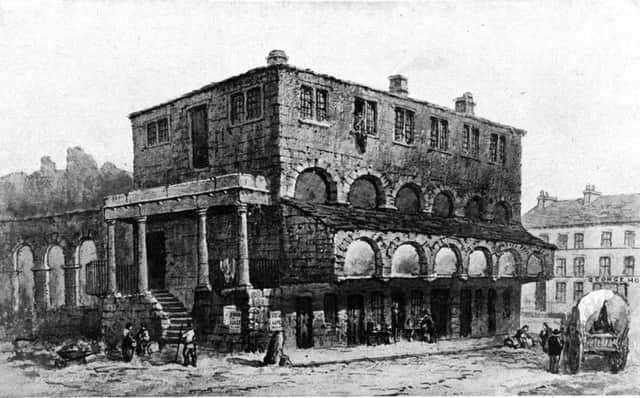

During the mid-1700s inhabitants and traders increasingly thought the market was inadequate and fought to establish new facilities. Finally, Bradford Corporation had to step in and acquired the rights during the late 19th century. The markets were then improved, becoming amongst the best in the country.
After the Norman conquest in 1066, Ilbert de Lacy was rewarded with vast lands in Yorkshire and the title Baron of Pontefract for his services to King William. This, and other lands and honours later accumulated, passed through several generations to Edmund de Lacy, who obtained Bradford’s first market charter from Henry II.
Advertisement
Hide AdAdvertisement
Hide AdThe Lord of the Manor had a hold over local trade and was free to charge tolls for selling goods. The Lord was also under no obligation to provide a suitable market place or buildings, leaving many to be held in streets which soon became overcrowded.
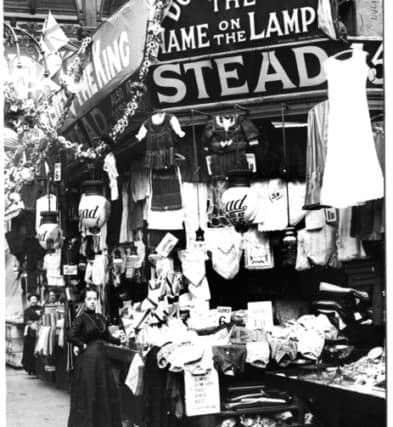

The first grant was superseded in 1294 when Edmund’s son, Henry, received a new charter that included permission to hold a fair.
Initially, the market was held close to the parish church, later Bradford Cathedral. But a place was soon found for traders in Westgate and this remained the arrangement until the early 1800s. The market cross was at the junction with Ivegate; the street also housed the toll booth for the market, which was underneath the Hall of Pleas.
In the late 1700s a number of townspeople drove forward a scheme to replace the market hall with new premises. These were erected before Mr Marsden, the Lord of the Manor, threatened legal action which stopped them from progressing any further.
Advertisement
Hide AdAdvertisement
Hide AdHowever, not wanting to have any damage done to his manorial rights, he bought the new buildings in New Street. After further additions to these the market moved from Westgate in 1801 and New Street was then renamed Market Street.
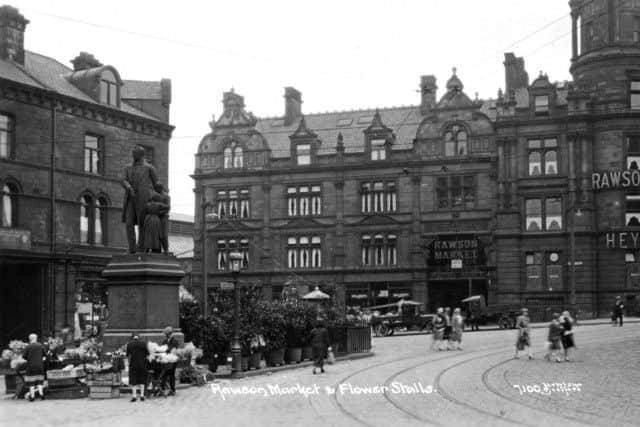

The citizens were not appeased and a new market was established in 1823. This time the Lord took the matter to court and prevailed. Yet his hand was forced again with regard to improvements and two markets were established. One was in Rawson Place and the other in Kirkgate, which opened during September 1824 behind the old Manor Hall.
Still matters were unsatisfactory and Bradford Corporation discussed plans to obtain the market charter in 1865, approaching Elizabeth Rawson, Lady of the Manor, with an offer of a 999 year lease at £5,000 per annum. This was accepted and the Act was passed in July 1866. The corporation then progressed with the improvement of the markets.
The first stage of the enhancement of Kirkgate Market finished towards the end of October 1872, while the second was not completed until May 1878. The work cost a total of £83,381 and the area comprised 7,404 square yards with 136 stalls and 52 shops.
Advertisement
Hide AdAdvertisement
Hide AdBoots, shoes, hardware, toys, millinery, confectionery, books, music, flowers, fancy goods and provisions could all be found on the site. The central free library was also accommodated.
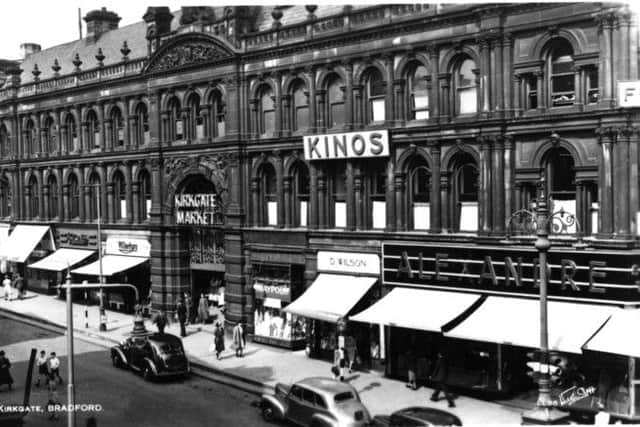

Rawson Place market opened in mid-November 1875 and an extension was added in April 1905. A total of 87 stalls and shops sold meat, fish, game, fruit, vegetables, flowers and provisions.
James Street open air market was added close to Rawson Place in 1891 and was built on the site of Kirkgate Wesleyan Methodist Chapel cemetery. Poultry, game and other goods were initially sold, but the market latterly became home to the city’s fishmongers.
The final addition to the retail markets was the John Street premises, constructed on the former Coppy Quarry estate.
Advertisement
Hide AdAdvertisement
Hide AdThe wholesale operations were quite unusual at the time as they were completely separate from the retail markets. St James’s fruit, vegetable and fish wholesale market was three quarters of a mile away from Kirkgate and Rawson Place markets and opened on July 13 1874. Warehouses, covered stands, shops and uncovered stands were provided for vendors and there were also two banks, railway sidings and a post office.
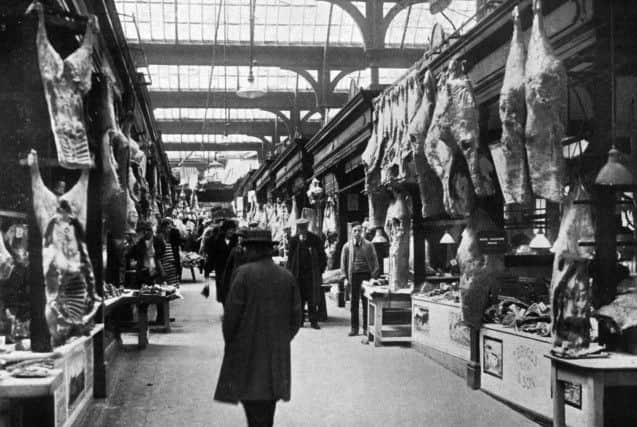

The wholesale meat, cattle markets and abattoir were opened at St James’s on January 1 1871 covering an area of 13,988 square yards and costing £59,030 to erect. Soon afterwards, the pig slaughtering hall was extended in 1880, while a beast and sheep slaughterhouse and tripery were built between 1888 and 1890.
Bradford was one of the few corporations to keep cold store facilities in partnership with the markets. Opened in 1901 and enlarged in 1925, the total price for this resource, built underneath the meat market and abattoir, was £15,270. Ten rooms were employed and refrigeration was by means of compressed ammonia, while brine circulation was used to keep the fish fresh.
In the 1930s about 23 acres were occupied by the markets and £353,000 had been spent on their construction. As of March 31 1930 the receipts were £75,838 13s 11d and of this £16,469 3s 11d was profit for the corporation.